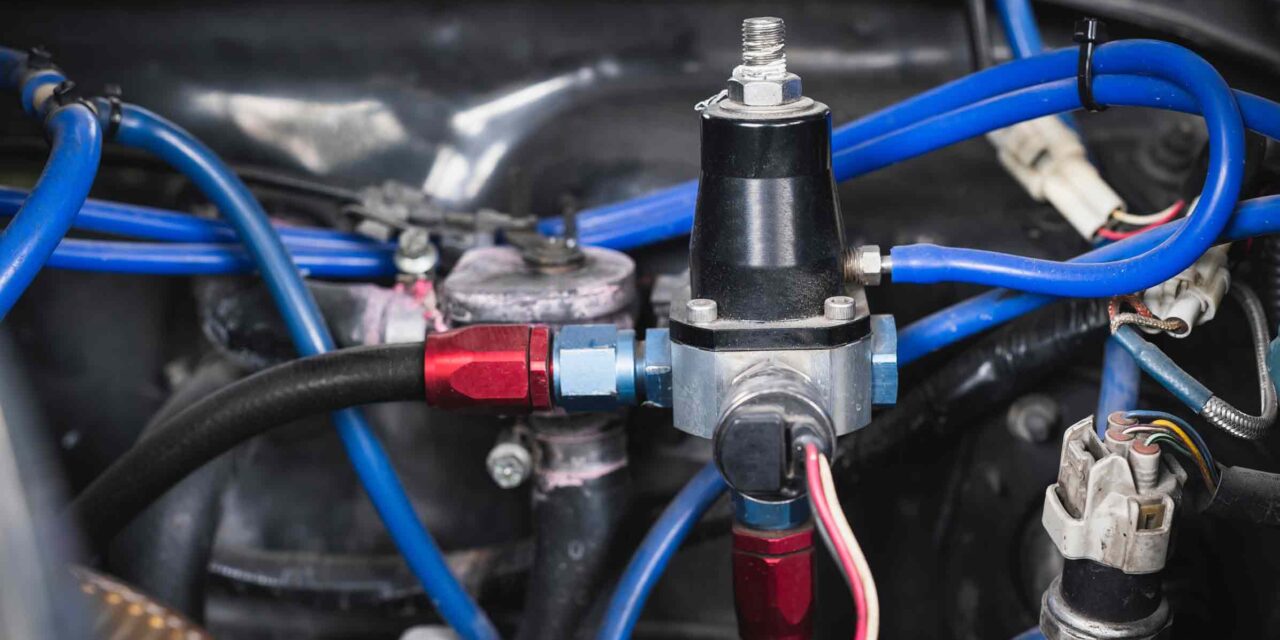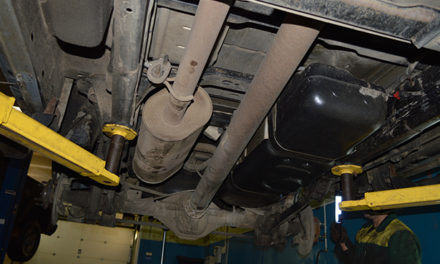Those of us that have at least a fundamental knowledge of automotive repair also know just how vital the fuel pressure regulator can be to the working order of a car. Despite the thought by some novice mechanics that it is overly complicated, the fuel delivery system is actually relatively simple. You pump the gas into the car, and then it is stored in the fuel tank before it makes its way to the engine. However, between being stored in the fuel tank and being transferred to the engine, the gas must first go through the fuel pressure regulator.
More specifically, and as you perhaps already know, the fuel pressure regulator’s job is to maintain and also regulate the correct amount of fuel pressure being transferred to the engine. Too high and the fuel pressure will reduce the flow of gas in order to achieve a more appropriate level. Too low and the opposite will occur.
Diagnosing A Faulty Fuel Pressure Regulator
The best way to tell if a fuel pressure regulator is faulty is by looking for obvious signs of wasted gas. Most notably, you may find fuel dripping from the exhaust pipe, and in some cases, a noticeable amount of black smoke being emitted when the engine is in use. The former occurs when unused gas makes its way through the engine and drips out the exhaust, while the latter is caused by gas that is only partially used, thus creating black smoke.
Both incidences happen when the fuel pressure regulator is faulty and subsequently begins to let in more fuel than the engine needs. Consequently, in such instances, there is often not enough oxygen in the engine to burn off that extra fuel, which can contaminate engine oil and then result in the excess gas being discarded through the exhaust. In newer automobiles, the fuel pressure regulator is located in the electric fuel pump, which limits accessibility. More precisely, this means that fuel pressure regulators in newer cars cannot be replaced separately from fuel pumps if faulty.
Effects Of A Faulty Fuel Pressure Regulator
Likely the most adverse effect of a faulty fuel pressure regulator is poor gas mileage and unacceptable emissions let out into the air. While these results may, at least initially, seem small in comparison with other problems that can occur, a faulty fuel pressure regulator is undoubtedly something that should be attended to as soon as you notice the issue.
Conclusion
Knowing what the fuel pressure regulator is and how to diagnose any faulty functioning is key to the effectiveness of a car’s fuel delivery system. You should be able to tell if the fuel pressure regulator is faulty by simply checking the exhaust pipe. Then, if broken, all you have to do is fix it.







![[Vehicle Fitment-1]: Compatible with Lexus GX460 2010-2022 V8 4.6L, LX570 2008-2011 V8 5.7L, LX570 2013-2021 V8 5.7L; Compatible with Toyota Land Cruiser 2008-2011/2013-2021 V8 5.7L, Sequoia 2010/2012 V8 4.6L, Sequoia 2010-2011 V8 4.7L, Sequoia 2008-...](https://m.media-amazon.com/images/I/41kf4wi1OOL._SL100_.jpg)
![[Vehicle Fitment-1]: Compatible with Buick Commercial Chassis 1992-1993, Roadmaster 1992-1993; Compatible with Cadillac Brougham 1990-1992, Commercial Chassis 1993-1993, Fleetwood 1993-1993; Compatible with Chevrolet Blazer 1987-1994, C1500 1988-1995...](https://m.media-amazon.com/images/I/41cprKqISqL._SL100_.jpg)

![[ Reference Number ] - Replaces# E7210M, P76509M, FG1139, SP7095M, 150148, 68004475AC. [ Vehicle Fitment ] - Compatible with Chrysler Sebring 2007-2010 L4 2.4L, L6 2.7L 3.5L; Compatible with Chrysler 200 2011-2014 L4 2.4L. Compatible with Dodge Aveng...](https://m.media-amazon.com/images/I/41xFrQXj5LL._SL100_.jpg)
![[Vehicle Fitment]: Compatible with Jeep Liberty 05 I4 2.4L (Sport), Liberty 05-07 V6 3.7L (Sport/Limited), Liberty 05-06 V6 3.7L (Renegade), Liberty 05 V6 3.7L (Rocky Mountain Edition), Liberty 06 V6 3.7L (65th Anniversary Edition), Liberty 06 V6 3.7...](https://m.media-amazon.com/images/I/41lJOw52iNL._SL100_.jpg)